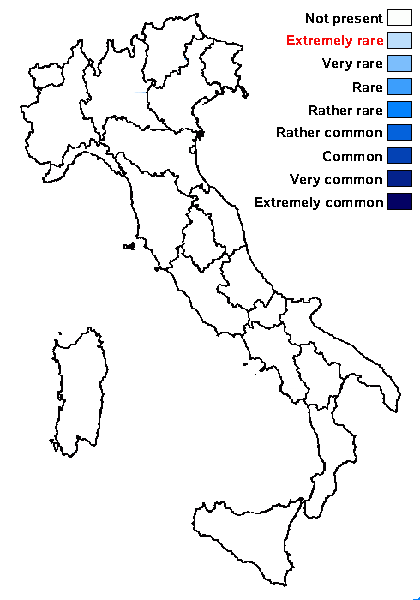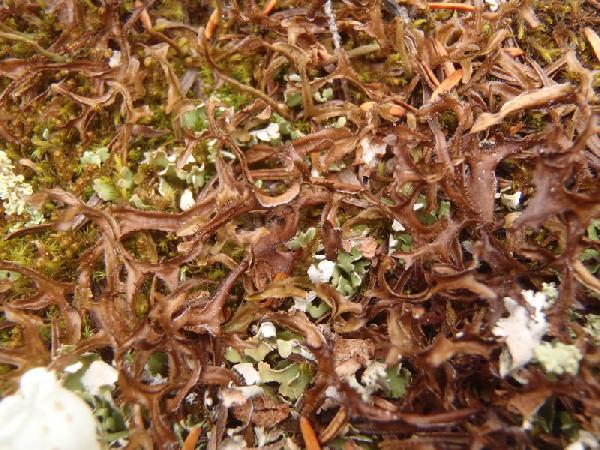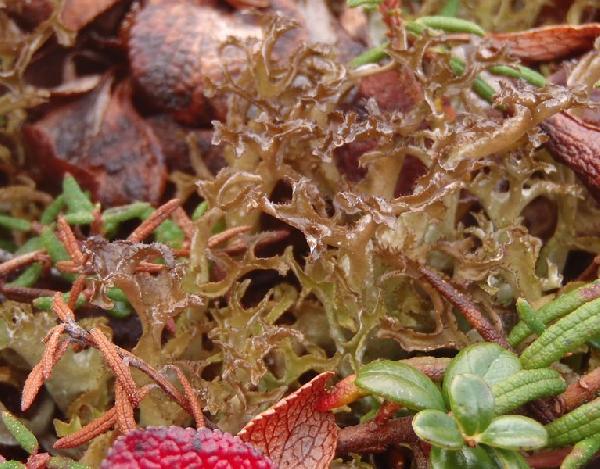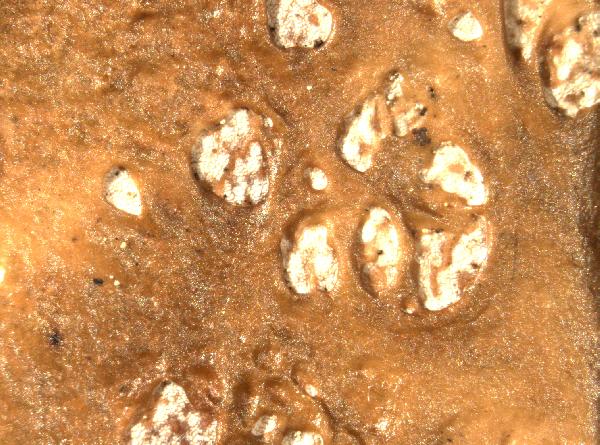Cetraria crispiformis (Räsänen) Makryǐ
The Lichen Flora of Russia, 3: 84, 2022.. Basionym: Cetraria islandica var. crispiformis Räsänen - Ann. bot. Soc. Zool.-Bot. fenn. Vanamo, 18, 1): 19, 1943.
Synonyms: Cetraria islandica subsp. crispiformis (Räsänen) Kärnefelt
Distribution:
Description: Thallus subfoliose to subfruticose, loosely attached, often forming large tufts, consisting of dorsiventral, flattened, elongate, ascending, 1-15(-30) mm wide and 3-10 cm tall, often sparingly branched laciniae with often in-rolled margins without a distinct ledge, bearing short, marginal, pycnidia-bearing spinulose outgrowths. Upper surface dark brown in sun-forms to pale olive-green in shade, matt or somehow glossy, usually pitted and ridged, the basal parts often reddish; lower surface usually paler, with small, maculiform, irregular, white pseudocyphellae spread throughout the surface and the margins. Cortex 2-layered, with an external layer of brownish, thick-walled, paraplectenchymatous cells, and an inner layer of periclinally arranged hyphae; medulla white. Apothecia extremely rare, lecanorine, mostly subterminal, with a dark brown disc and an often crenulate thalline margin. Ascospores not known. Pycnidia immersed at the top of the marginal spinules, often empty. Conidia fusiform, multiseptate, colourless, 6-7 x c. 1 μm. Photobiont chlorococcoid. Spot tests: cortex K-, C-, KC-, P-; medulla K- or K+ yellow-orange, C-, KC-, P+ yellow to orange or P-, UV-. Chemistry: medulla with fumarprotocetraric, lichesterinic and protolichersterinic acids.Note: on acid soil in the understory of subalpine coniferous forests and alpine heaths. An arctic-alpine species, most common in Scandinavia and in the British Isles, while from continental Europe there are only a few records; rare in the Alps (outside Italian territory, see Nimis & al. 2018), but perhaps overlooked or not distinguished fromC. islandica and/or C. ericetorum. To be looked for in the Italian Alps.
Growth form: Fruticose
Substrata: soil, terricolous mosses, and plant debris
Photobiont: green algae other than Trentepohlia
Reproductive strategy: mainly asexual, by thallus fragmentation

Predictive model
Herbarium samples
Growth form: Fruticose
Substrata: soil, terricolous mosses, and plant debris
Photobiont: green algae other than Trentepohlia
Reproductive strategy: mainly asexual, by thallus fragmentation

Predictive model
| Herbarium samples |





